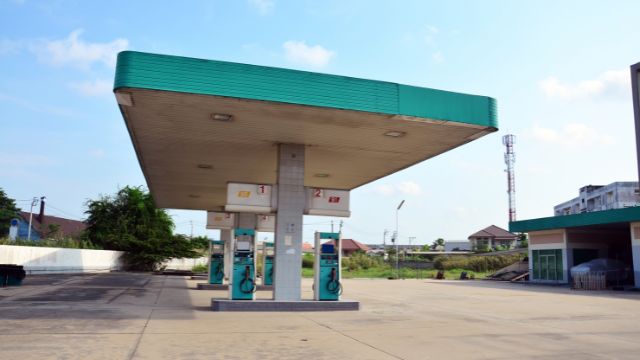Are you starting a transportation business in India? As we know that India is the fastest developing country in the word and so transportation business have very good opportunity to get success and this guide outlines key steps for a quick start.
From thorough research and legal formalities to niche selection, fleet acquisition, and route planning, we cover the essentials. Learn how to hire and train staff, secure insurance, integrate technology, and market your services effectively. Build strong customer relationships, prioritize safety, and consider environmental practices. Stay financially vigilant and adaptable to industry changes. This guide is your roadmap to start and succeed in the Indian transportation sector.

1. Thorough Research:
Before moving further, conduct in-depth research on the transportation industry in India. Understand the demand for different types of transportation services and identify potential niches.
- Also Read: Top 10 Best Transport Companies in India
2. Business Planning:
Outline your business goals, budget, and strategies in a detailed business plan. Define your target market, pricing structure, and operational plans. A well-crafted plan serves as a roadmap for your venture.
3. Legal Formalities:
Navigate the legal landscape by registering your transportation business and obtaining the necessary permits and licenses. Complying with regulations is crucial for a smooth and legal operation.
4. Choose Your Niche:
India’s transportation needs are diverse. Identify your niche – goods transport, passenger services, or a specialized area like refrigerated transport. Focusing on a specific niche can set you apart in the market.
5. Fleet Acquisition:
Acquire the appropriate vehicles for your chosen niche. Whether it’s trucks, buses, or specialized vehicles, ensure they meet safety and regulatory standards. Consider factors like fuel efficiency and maintenance costs.
6. Route Planning:
Efficient route planning is the backbone of a transportation business. Optimize routes to minimize fuel consumption and delivery times. Leverage technology and GPS systems for real-time tracking.
7. Hire and Train Staff:
Recruit skilled and reliable drivers and support staff. Provide comprehensive training on safety regulations, customer service, and efficient driving practices.
8. Insurance Coverage:
Secure comprehensive insurance coverage for your vehicles, cargo, and employees. Insurance is a safety net that protects your business from unforeseen events.
9. Technology Integration:
Embrace technology for streamlined operations. Implement systems for booking, tracking, and managing your fleet. A digital presence can enhance customer engagement and operational efficiency.
10. Market Your Services:
Develop a strong marketing strategy to promote your transportation services. Utilize both online and offline channels, and consider partnerships with businesses that may require regular transportation services.
11. Customer Relationship Management:
Build and maintain positive relationships with your clients. A satisfied customer will likely become a repeat customer and may refer others to your services.
12. Adaptability and Scalability:
Stay adaptable to market changes and be open to scaling your operations. Analyze industry trends and consider expanding your services or entering new markets.
13. Safety Protocols:
Prioritize safety protocols for your drivers and vehicles. Regularly inspect and maintain your fleet to ensure it meets safety standards, reducing the risk of accidents.
14. Environmental Considerations:
Consider eco-friendly practices in your operations, such as fuel-efficient vehicles and carbon offset initiatives. This not only benefits the environment but also aligns with evolving consumer preferences.
15. Monitor Finances:
Keep a close eye on your finances. Regularly review your budget, expenses, and revenue. This financial vigilance is vital for the sustained success of your transportation business.
On A Wrap
Establishing a transportation business in India requires a careful blend of strategic planning, adherence to regulations, and a customer-centric approach. By following these steps and adapting to the industry’s dynamic nature, your transportation business can navigate the roads to success in the Indian market.














